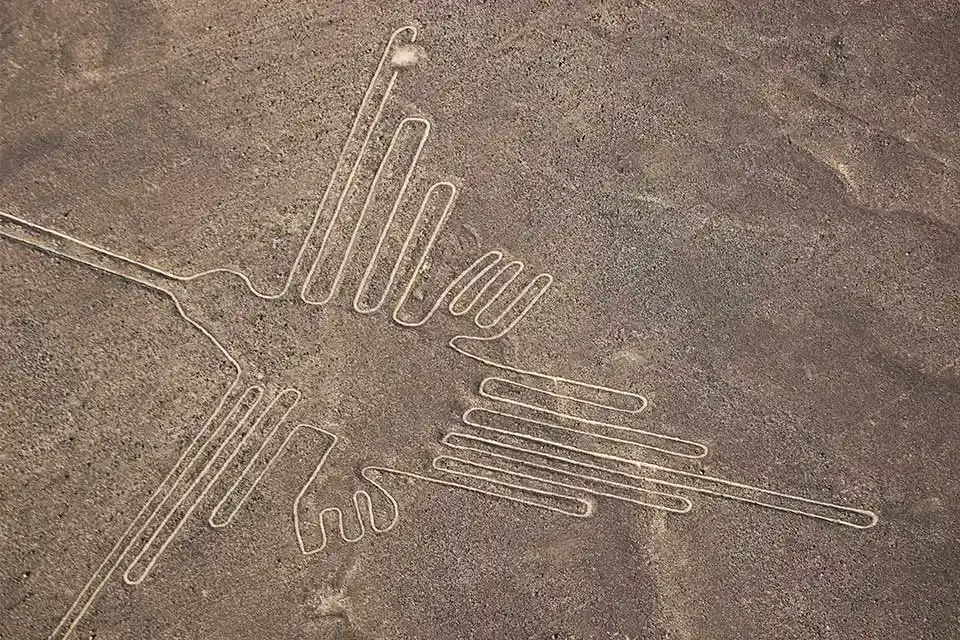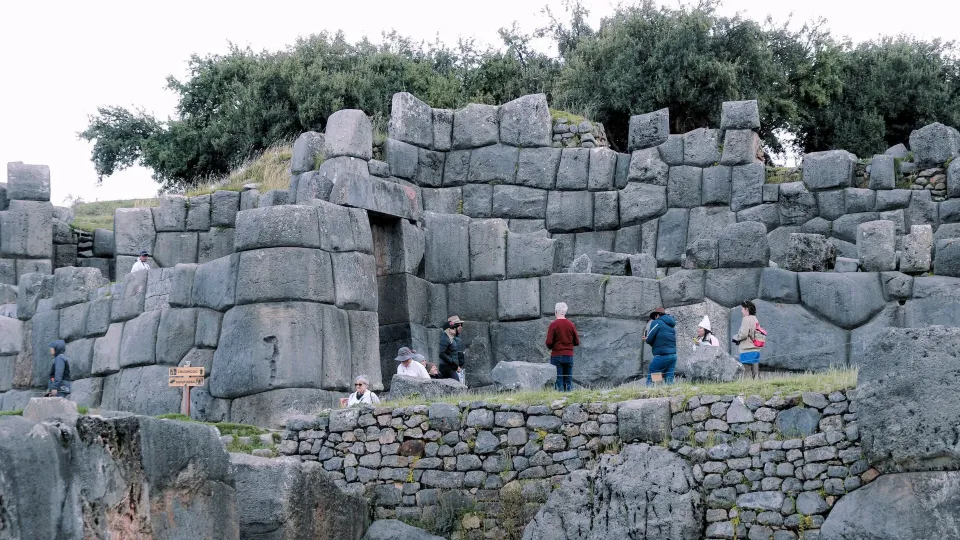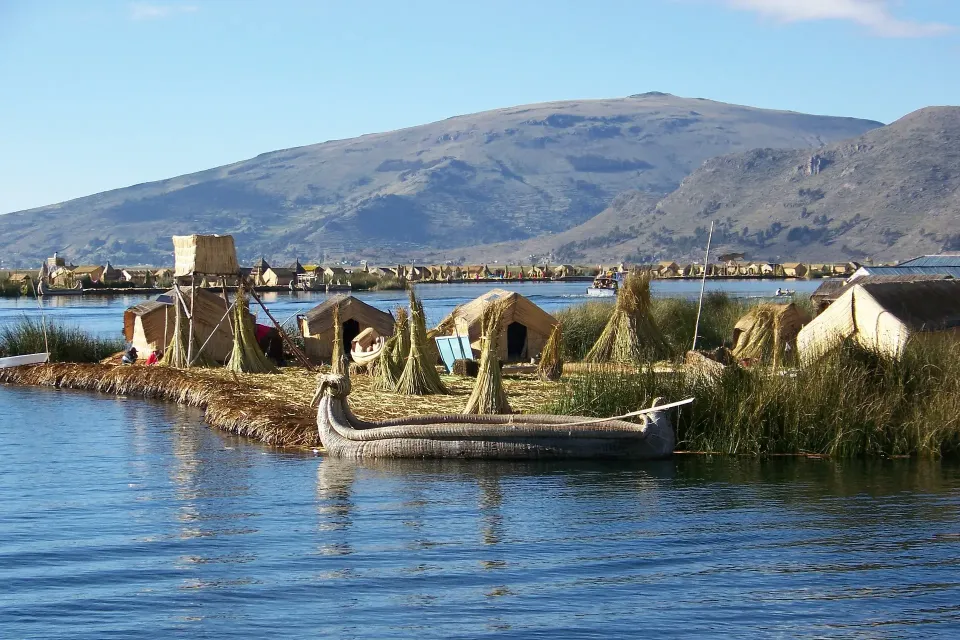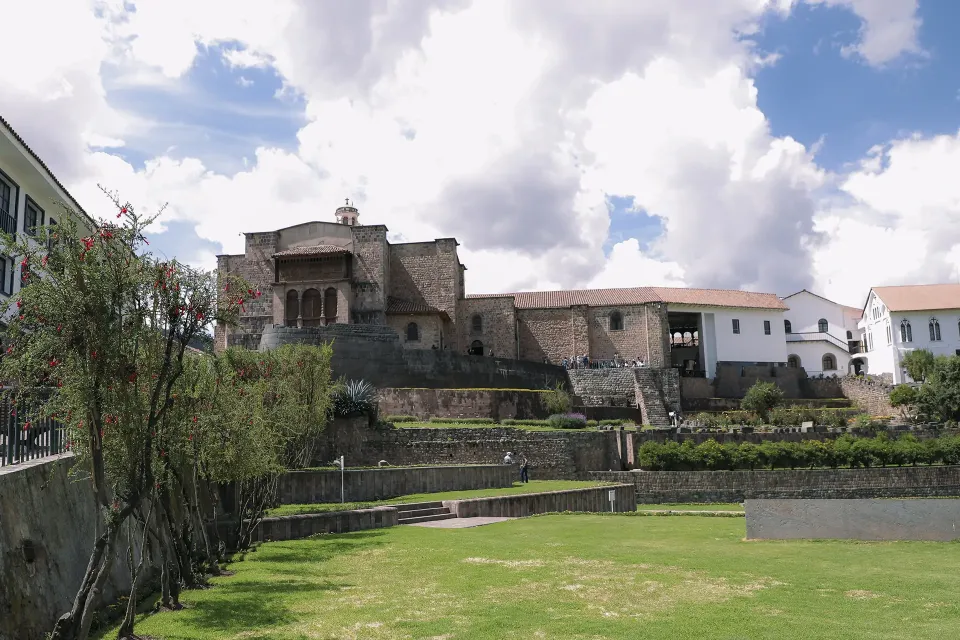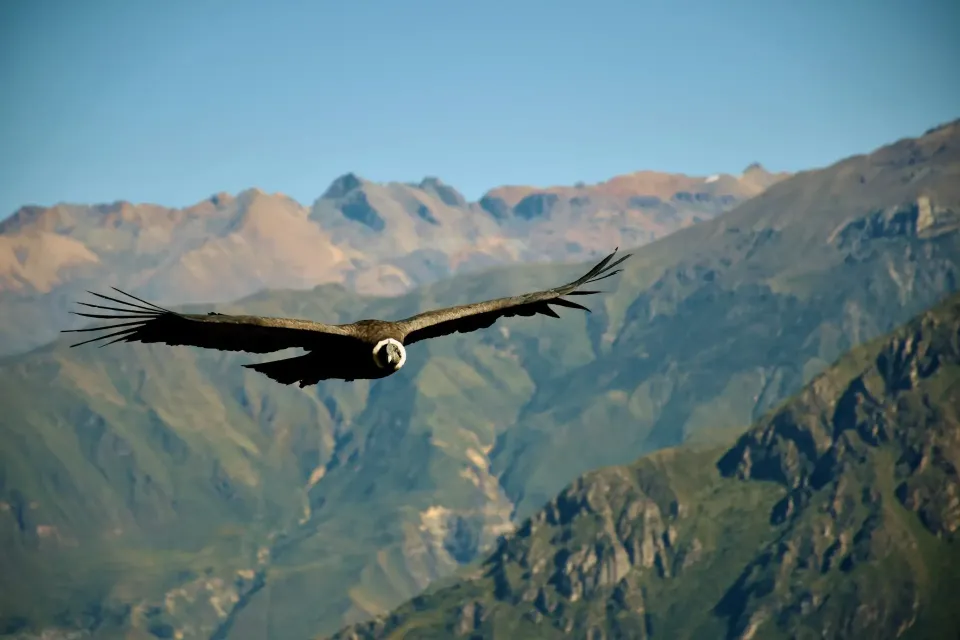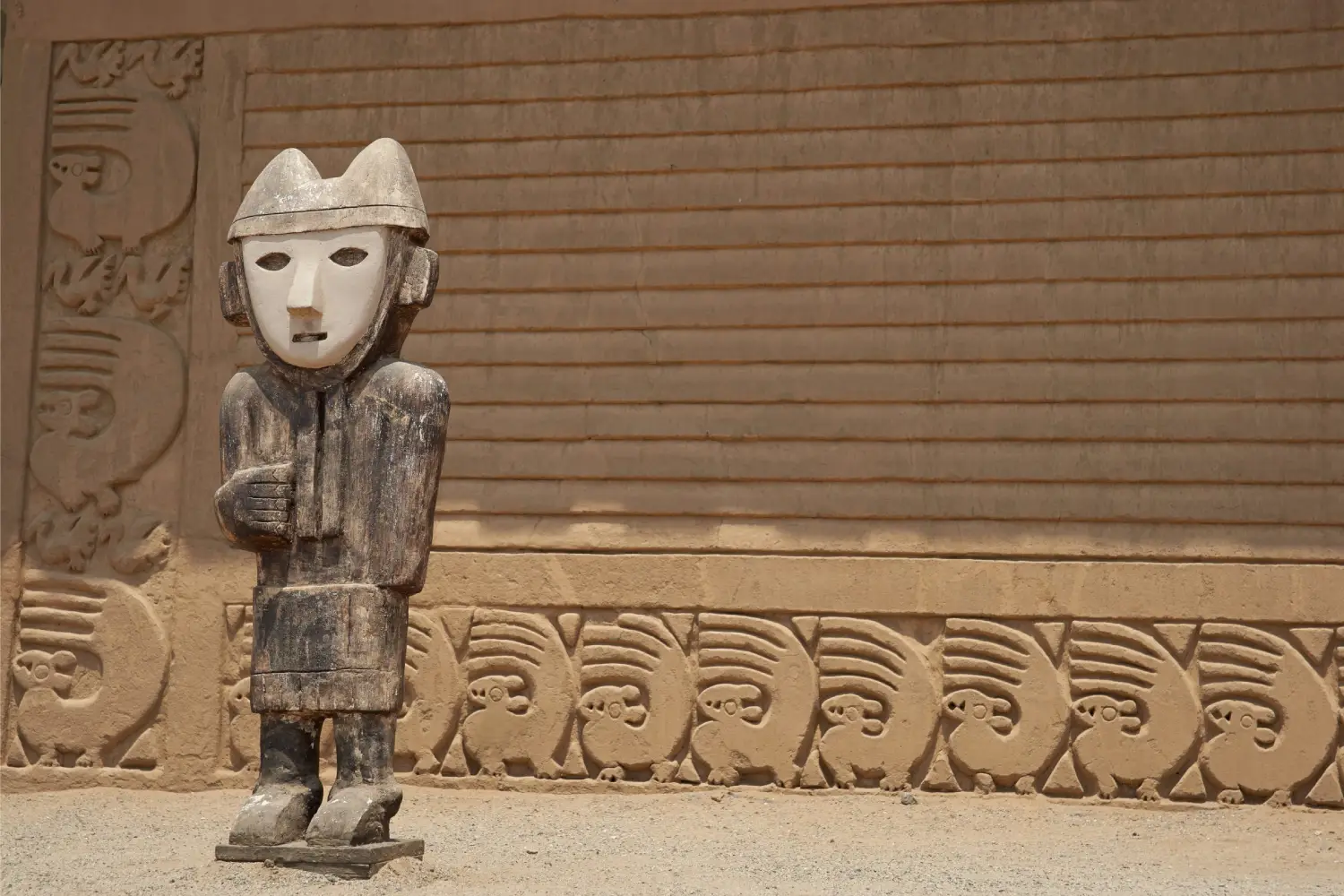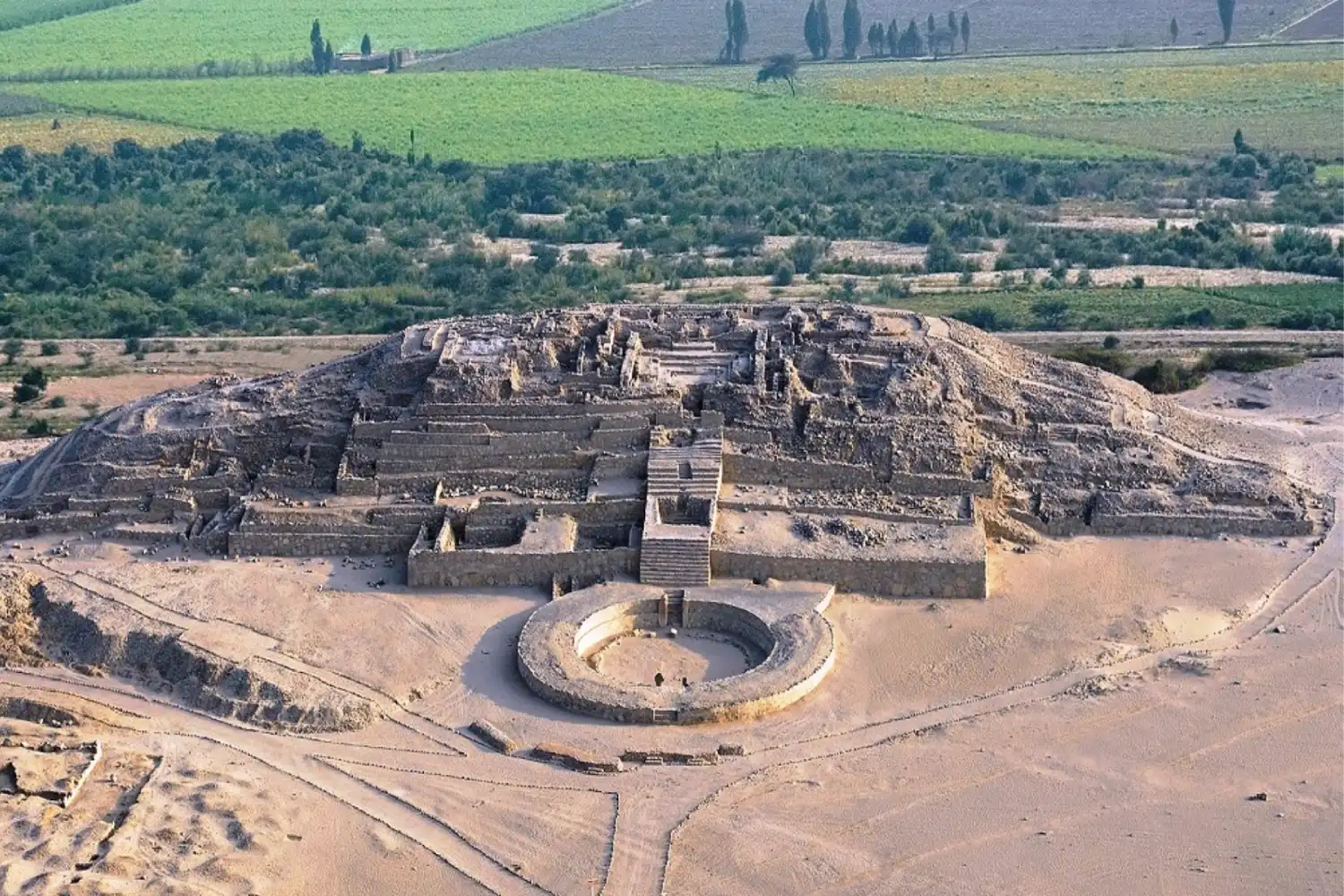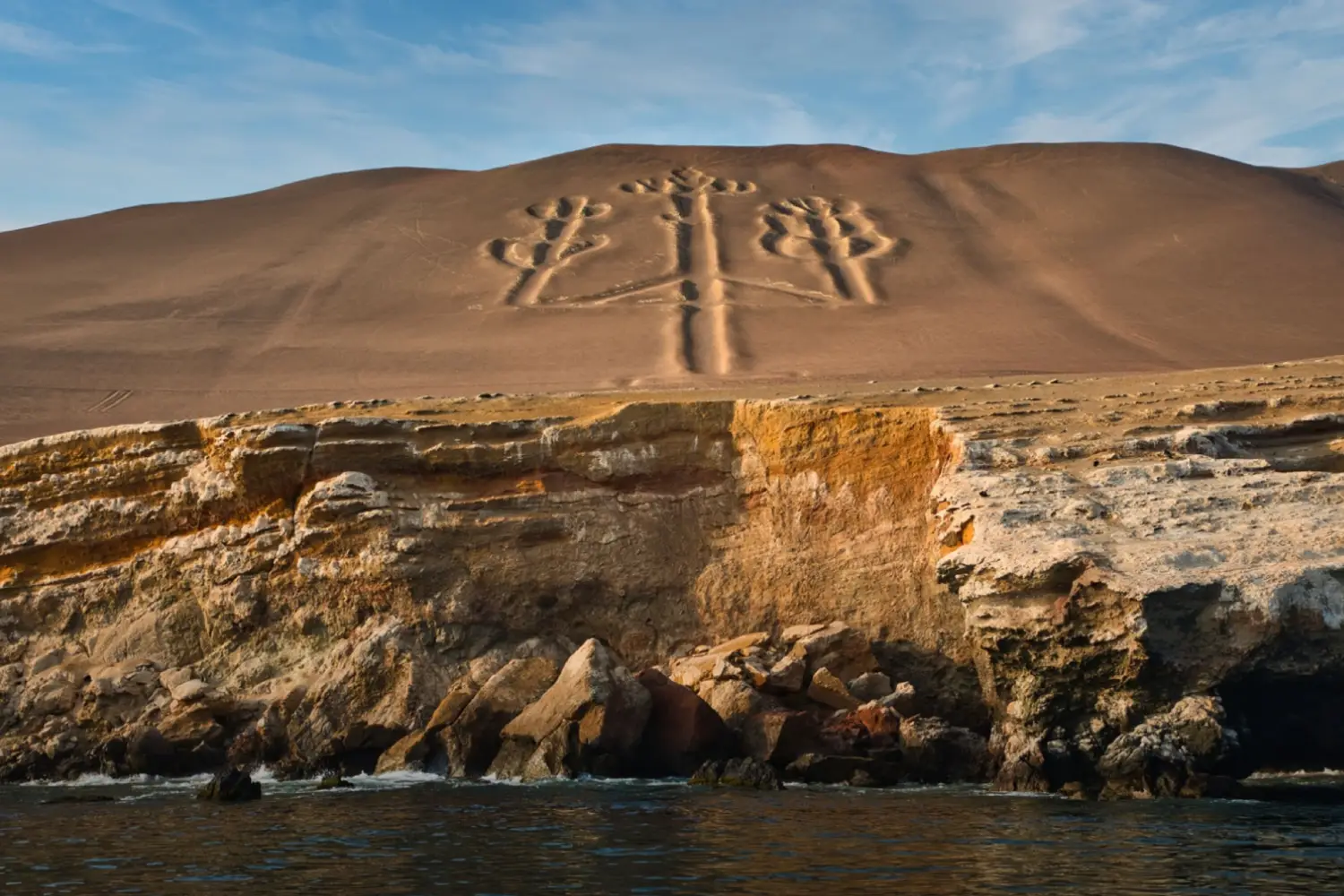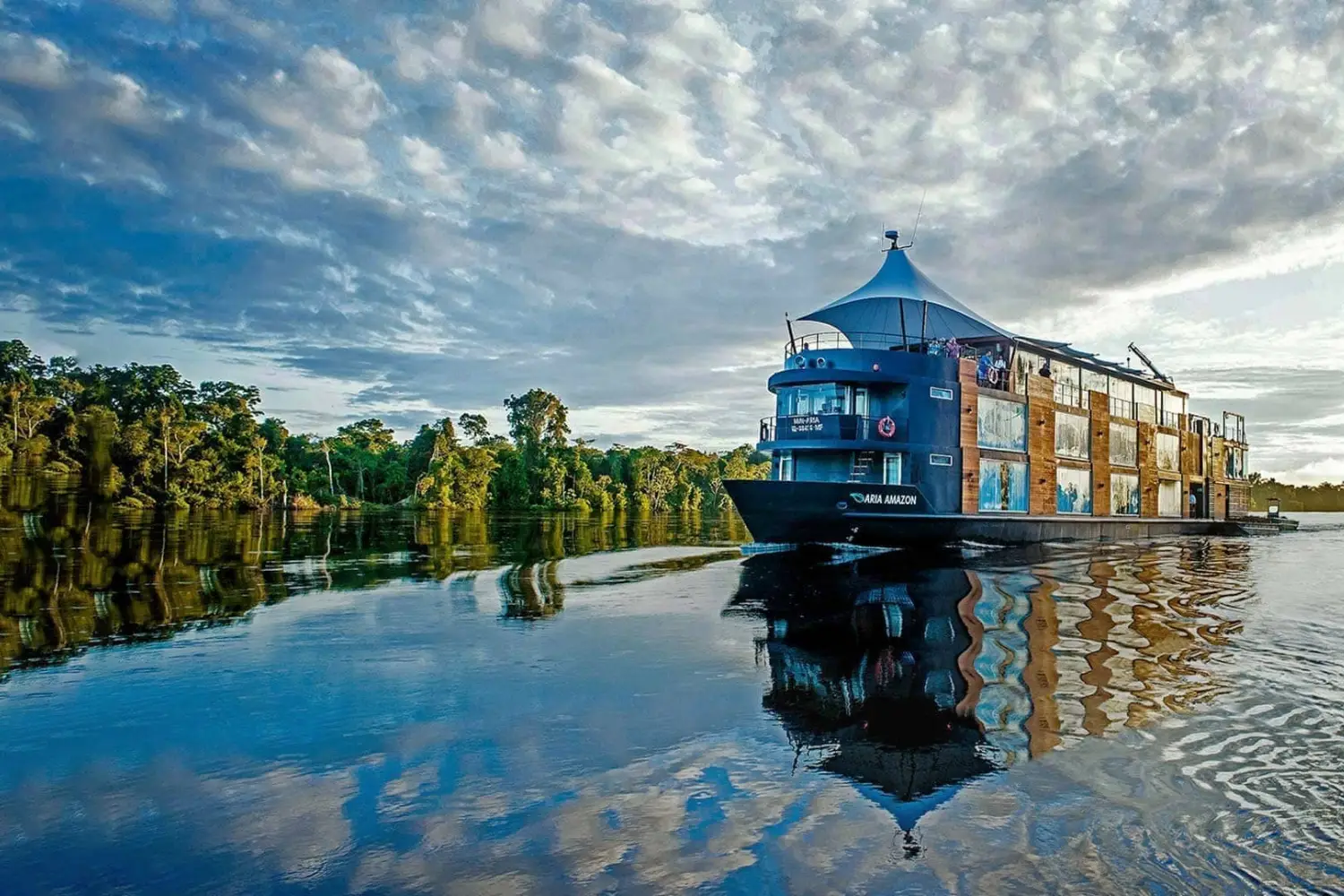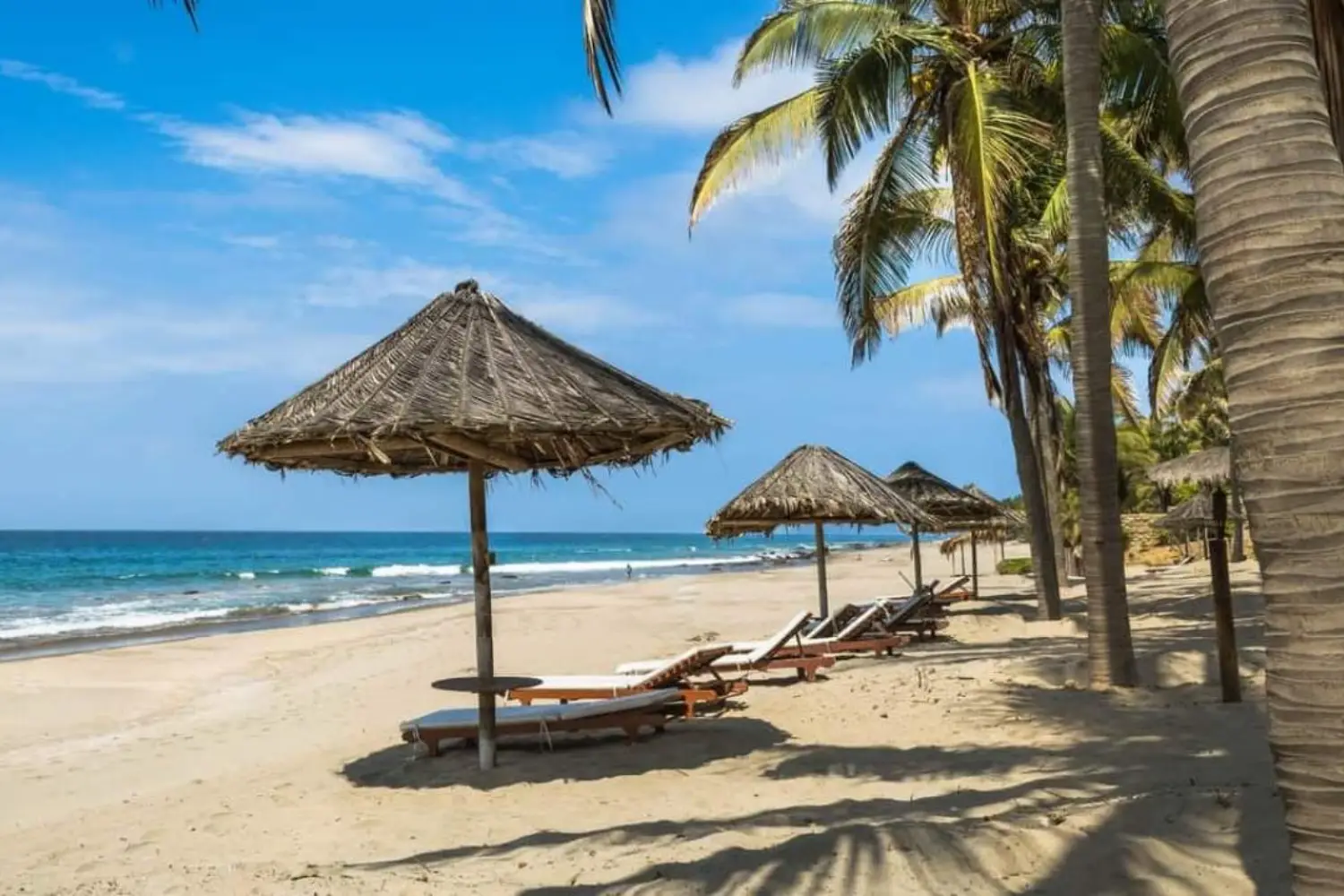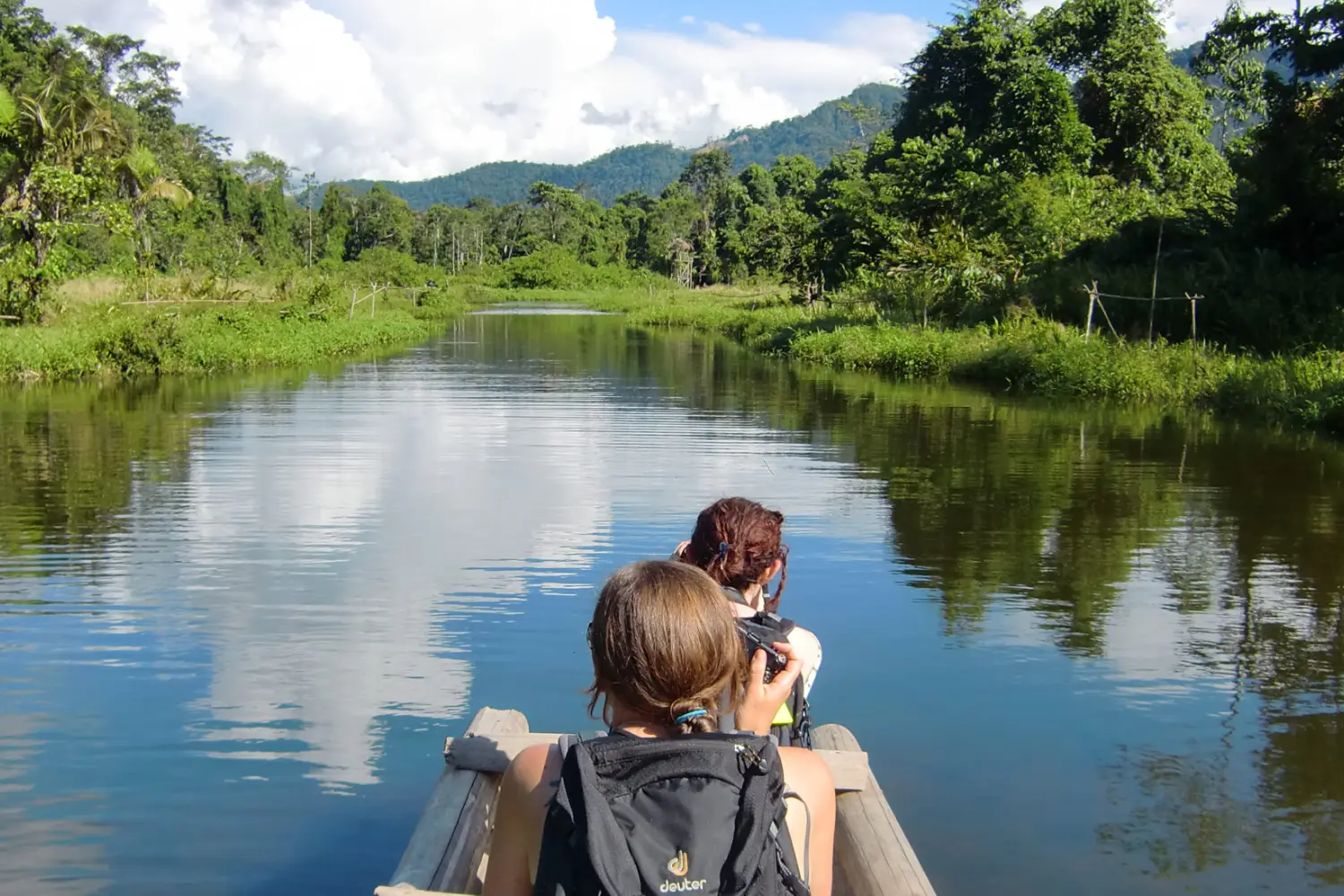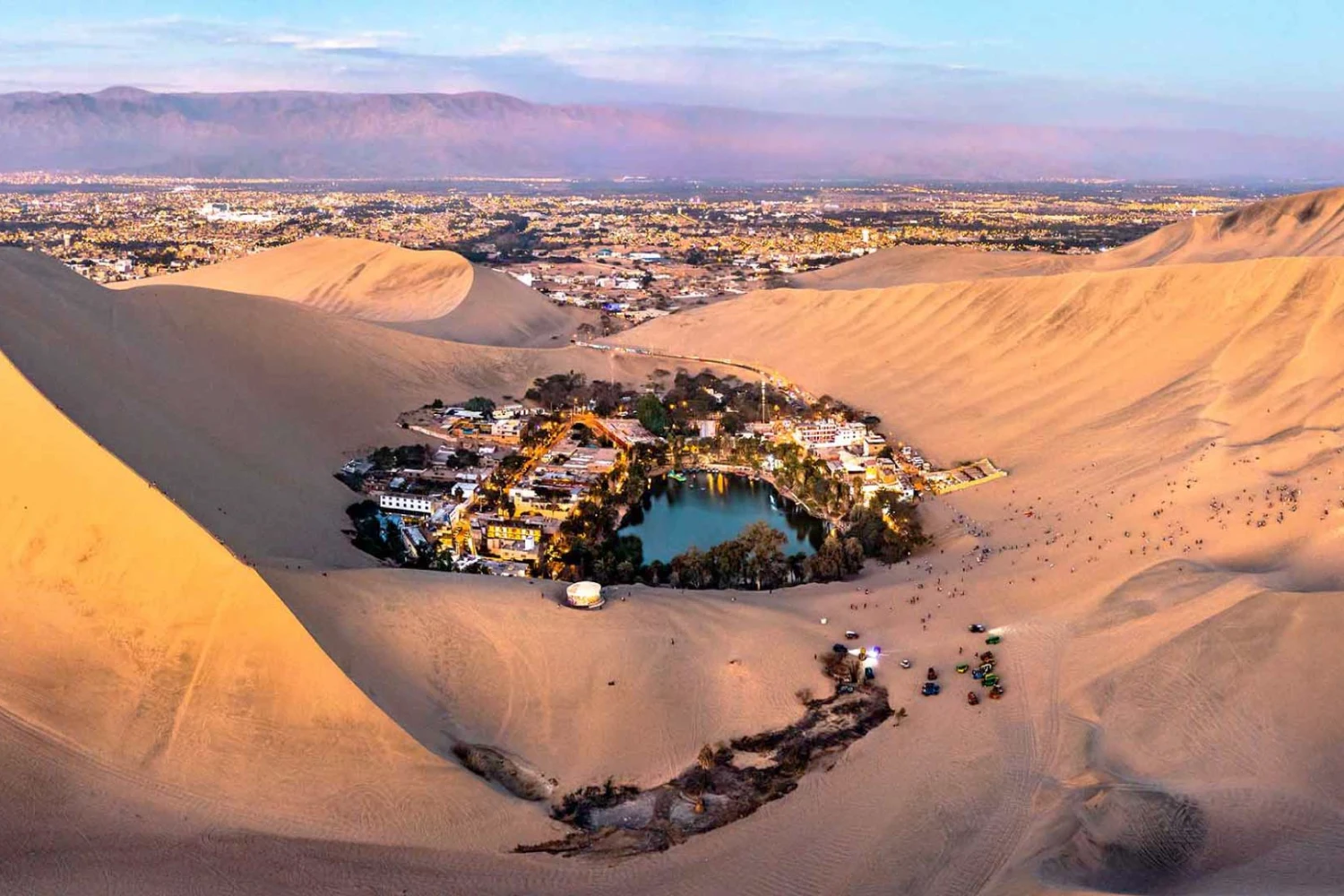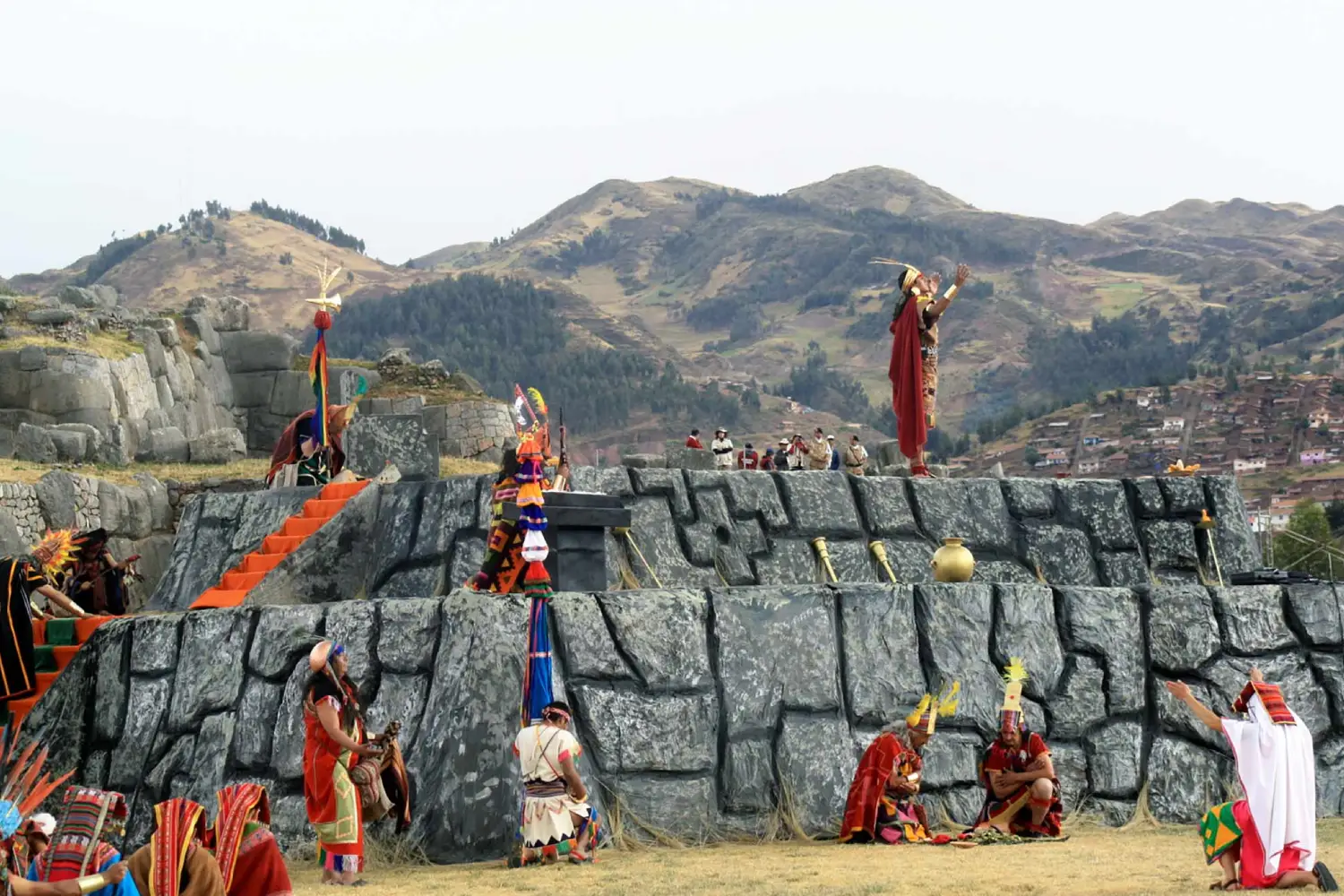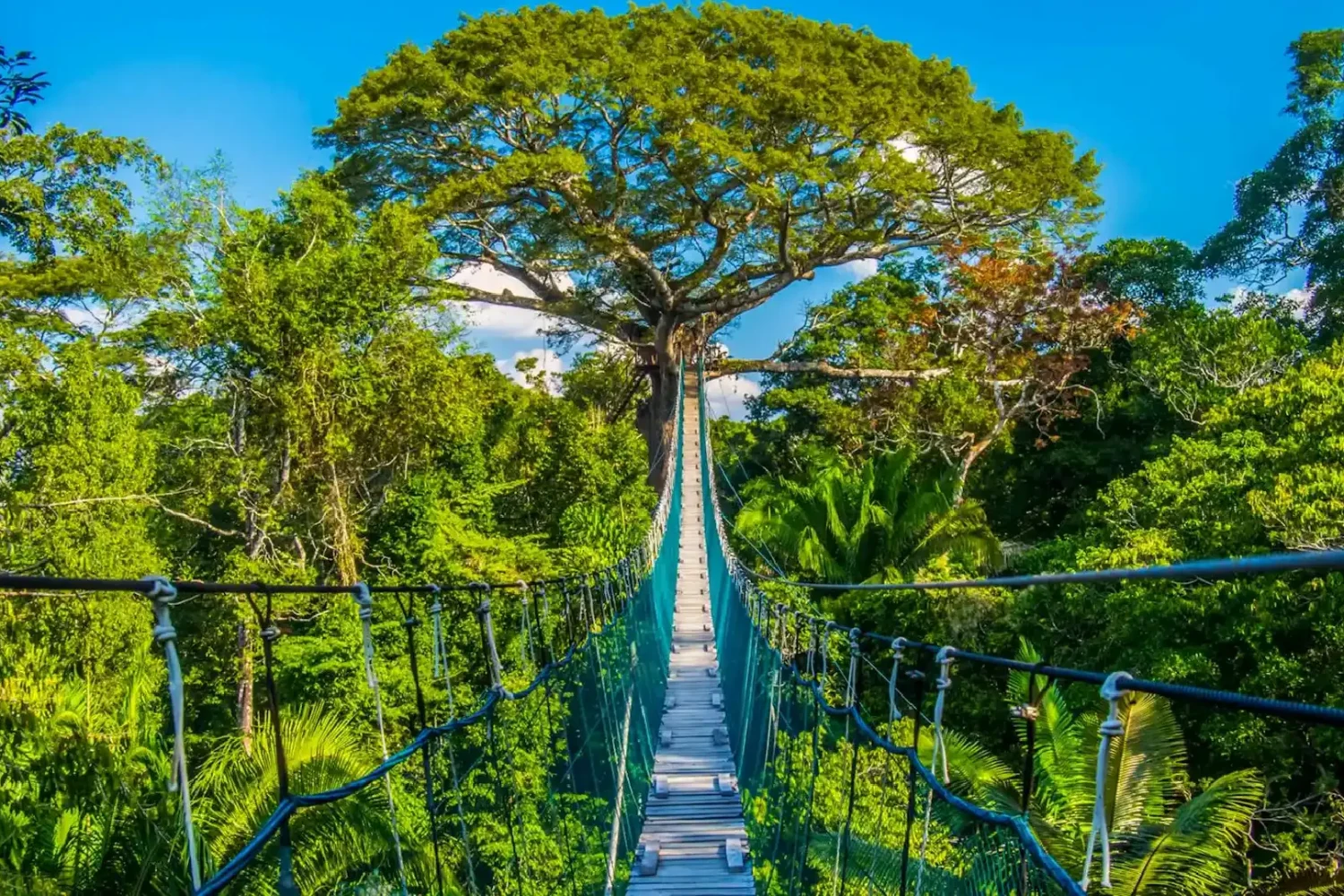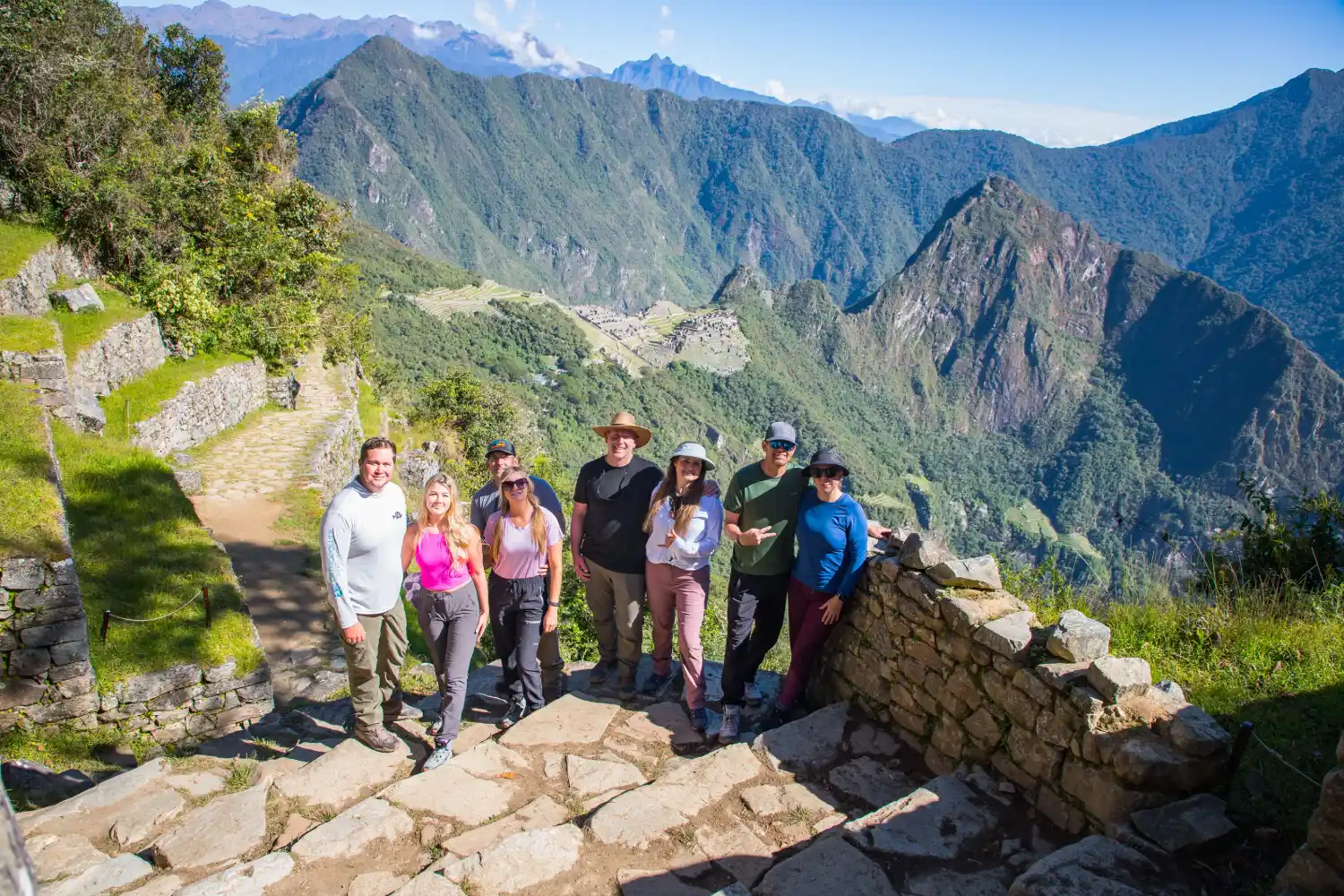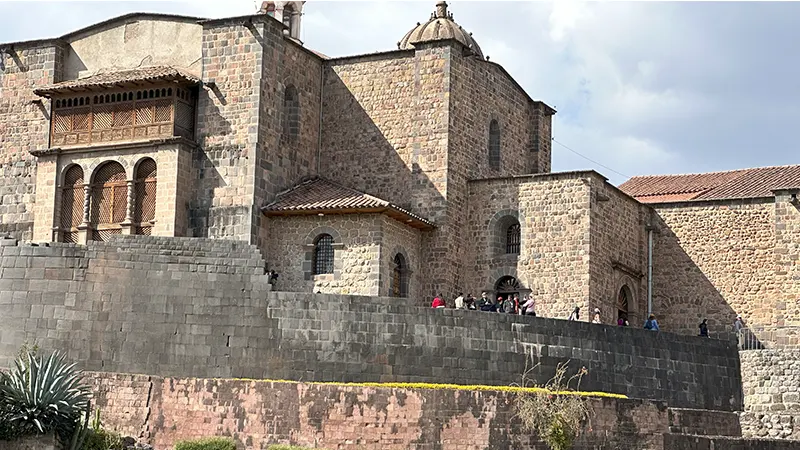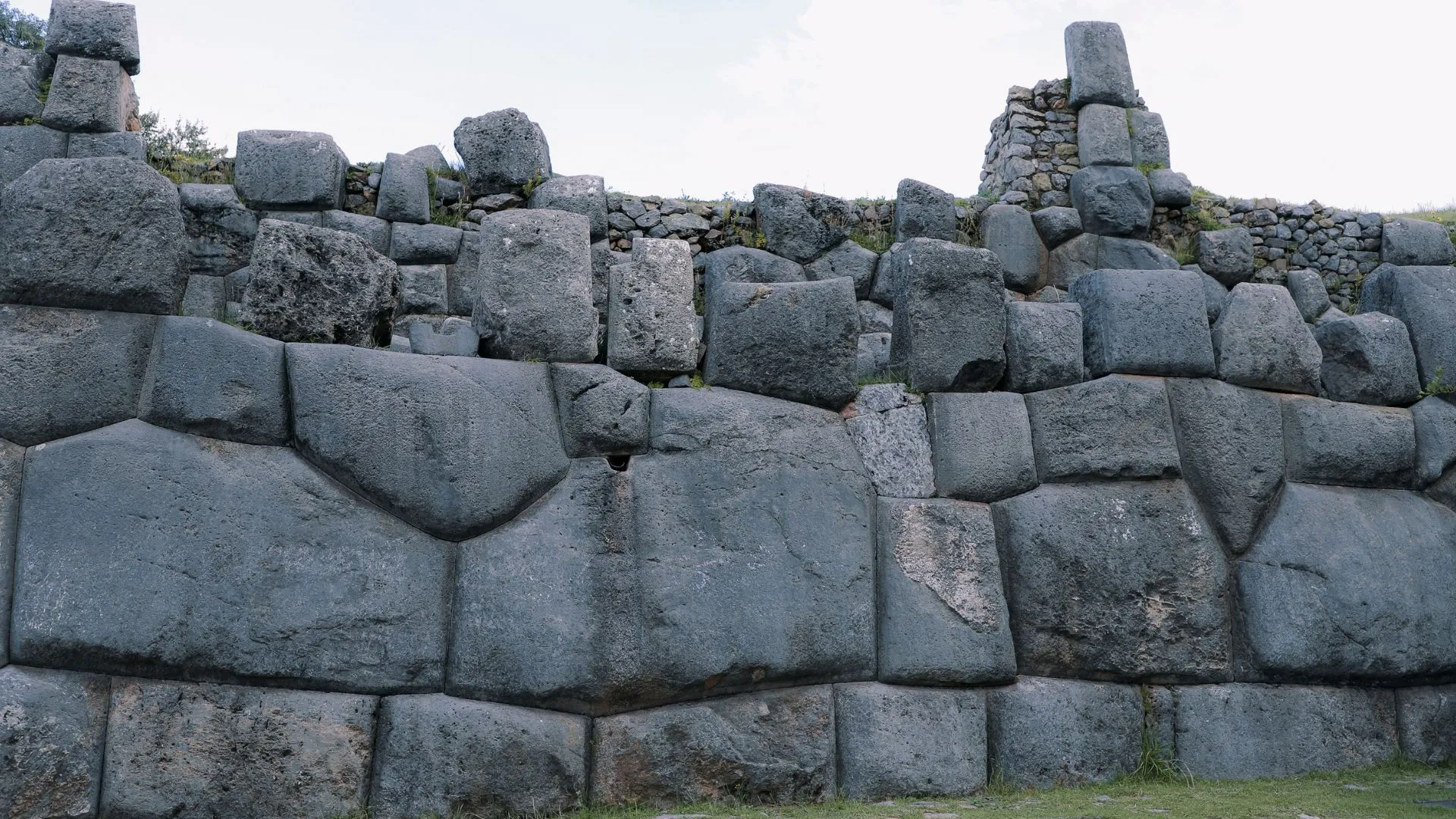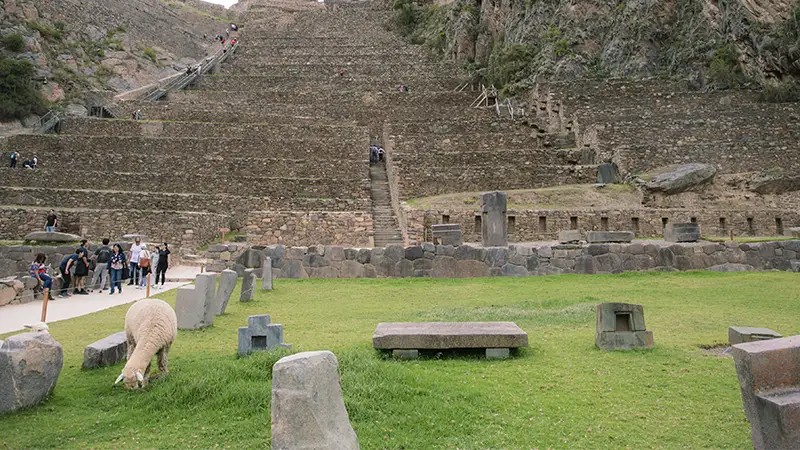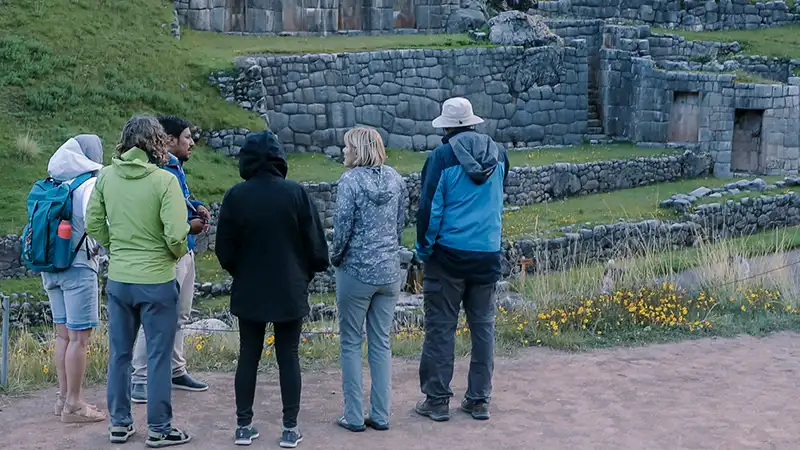Traveling to Peru without reading this is a mistake. If you think you already know Peru just because you’ve seen a photo of Machu Picchu, let me tell you something: you’ve only seen the cover of the book. This country hides some of the most astonishing places on Earth, from giant figures carved into the desert to lakes that touch the sky. Keep reading and explore the famous landmarks Peru has in store for curious travelers like you.
The Nazca Lines: Mysterious Figures in the Desert
In the southern desert of Peru lie the Nazca Lines, one of the most impressive landscapes on the planet. The Nazca people created these geoglyphs around 2,000 years ago, covering more than 450 km² with figures of animals, plants, and geometric designs.
These ancient lines are located on the plains of Jumana, in the Nazca Desert. They were etched between 500 BC and 500 AD, using shallow incisions that exposed the earth of a different color beneath the surface.
In recent years, archaeologists have discovered about 100 new figures thanks to drone technology.
Why Should You Visit the Nazca Lines?
- UNESCO World Heritage Site: The Nazca Lines are recognized by UNESCO, making them a must-visit destination for anyone interested in history and culture.
- Unique designs: Gigantic figures of animals, plants, and geometric shapes that impress with their precision.
- Ancient engineering: Created without modern tools, they show the incredible creativity and vision of the Nazca people.
- Spectacular aerial views: Many can only be seen from panoramic flights.
- Perfect weather year-round: Best time to visit is between July and September.
- Easy access: About 7 hours by bus from Lima.
- Astronomical mystery: Some lines may align with solar and astronomical events.
Visiting the Nazca Lines means stepping into a chapter of ancient history and being amazed by the ingenuity of one of the most mysterious Peru landmarks
Sacsayhuamán: The Inca Fortress in Cusco
Just 20 minutes from Cusco, or 40 minutes on foot from the Plaza de Armas, stands Sacsayhuaman , whose name in Quechua means “Fortress of the Falcon.” It was built in the 15th century under the rule of Inca Pachacútec, using enormous stones perfectly fitted together, some weighing up to 125 tons.
In addition to its defensive function, Sacsayhuamán was a significant Inca ceremonial center, dedicated to the Sun God. Its zigzagging walls represent the shape of lightning bolts and form part of the puma-shaped layout that once defined the city of Cusco. Every June 24, the esplanade becomes the stage for Inti Raymi, the most important Inca festival that revives the ancient worship of the Sun.
Reasons to visit Sacsayhuamán
- Inca engineering: Walls built with stones weighing up to 125 tons, assembled without mortar.
- Historical significance: Temple of the Sun and the site of the 1536 battle against the Spanish.
- Spirituality: Serving as a center for religious ceremonies dedicated to the Sun God (Inti), it is a sacred place where visitors can feel a connection to Andean culture and its spiritual practices.
- Unique architecture: Semicircular terraces, the Muyucmarca tower, Inca throne, and mysterious tunnels (chincanas).
- Living culture: Every June 24, it hosts Inti Raymi, the Festival of the Sun.
- Easy Access: It is located 2 kilometers north of Cusco's Main Square, making it an accessible destination for any type of visitor or traveler.
- Best time to visit: April to October (dry season).
Sacsayhuamán is not just a famous landmark in Peru for its size and precision, but also for its deep cultural and symbolic value. It’s one of the most unforgettable Peru landmarks you can experience.
Lake Titicaca: The World’s Highest Navigable Lake
Lake Titicaca, shared by Peru and Bolivia, is located at 3,812 meters (12,507 ft) above sea level and is the highest navigable lake in the world, as well as the largest in South America by water volume. With 41 islands, some of which have been inhabited since ancient times, its name comes from the Aymara language and means “gray puma.”
Beyond its natural beauty, the lake is a place where time seems to have stopped. On its floating reed islands, the Uros people keep their ancestral customs alive, while on Taquile and Amantaní, Quechua communities welcome travelers with warm hospitality and traditional textiles recognized by UNESCO.
In addition to sailing across its deep blue waters, Lake Titicaca is a gateway to Andean spirituality. The Incas considered it the birthplace of Manco Cápac and Mama Ocllo, the mythical founders of the Inca Empire. Visiting the lake in 2026 means combining high-altitude landscapes, living culture, and ancient legends into a single journey.
What to see at Lake Titicaca
- Unique aquatic species: Over 530 species, including the giant Titicaca frog.
- Living cultures: Uros on floating islands; Quechua and Aymara people preserving their traditions.
- Ancient civilizations: The Tiwanaku and the Incas left their legacy on the lake’s shores.
- High-altitude climate: Best time to visit is from April to October.
Among the many famous landmarks Peru offers, Lake Titicaca stands out not only for its elevation but also for its cultural richness. It's a truly iconic Peru landmark where travelers can connect with tradition, legend, and nature in one unforgettable experience.
Qoricancha: The Temple of the Sun in Cusco
Qoricancha, known as the “Temple of Gold,” was the main Inca sanctuary dedicated to the god Inti, the Sun. Its finely carved stone walls were once covered in gold sheets that dazzled the Spanish conquistadors. Located very close to Cusco’s Plaza de Armas, it was the most important religious center of the Tawantinsuyo (Inca Empire).
In the 17th century, the Spanish built the Santo Domingo Convent over the temple’s base, creating a unique architectural contrast: Inca walls that have withstood centuries of earthquakes coexist with colonial structures built atop them.
Highlights of Qoricancha
- Inca religious center: A symbol of power and faith at the heart of the Inca Empire.
- Earthquake-resistant architecture: Inca walls that still stand after centuries of seismic activity.
- Cultural fusion: A striking contrast between the Inca legacy and Spanish colonial architecture.
- Golden legends: The temple’s walls were once covered in gold, stunning the conquistadors.
- Astronomical connection: Designed to align with solstices and equinoxes for solar observations.
- Underground museum: Displays mummies, textiles, and sacred ceremonial objects.
Colca Canyon: The Flight of the Condor
With more than 4,200 meters of depth, the Colca Canyon is one of the most impressive in the world, surpassing the Grand Canyon in size. It is home to the majestic Andean condor, a sacred bird for the Incas, which often glides just a few meters from the viewpoints such as Cruz del Cóndor, offering an unmatched natural spectacle.
Located just 3 – 4 hours by car from Arequipa, the Colca Valley is also home to traditional towns like Chivay, Yanque, and Cabanaconde, where typical clothing, dances, and ancestral customs are still preserved. The pre-Inca agricultural terraces are still in use and create a unique cultural landscape in the Andes.
Reasons to visit the Colca Canyon
- Unique Andean landscapes: Agricultural terraces, mountains, and traditional villages.
- Best season: From April to October, to avoid the rainy season.
- Trekking options: From short walks to multi day routes, demanding due to altitude and terrain.
Chan Chan: The Impressive Adobe Archaeological Complex in Trujillo
This archaeological complex was the capital of the powerful Chimú Kingdom, direct heir to the Moche culture. Its imposing walls, built entirely of adobe a mix of mud, clay, sand, and sun-dried straw reveal the grandeur of this civilization. Each of its structures showcases the architectural talent of the Chimú, with carvings, bas-reliefs, and decorations that have been preserved over time.
Moreover, this culture stood out for its mastery in crafting fine textiles and developing advanced metallurgical techniques, proving how far ahead of their time they were.
What to see at Chan Chan
- Adobe reliefs with geometric and marine figures (fish, pelicans, nets).
- Monumental citadels like Nik An (Tschudi), plazas, and corridors.
- On-site museum featuring Chimú artifacts and historical context.
Useful information for your visit
- How to get there: From Trujillo (10 – 20 minutes by taxi or tour). Flights available from Lima.
- Best season: Year-round; temperate and dry desert climate.
- Suggested visit time: 2 – 3 hours (plus museum).
Chan Chan is one of the most extraordinary landmarks in Peru, showcasing a city built from the earth itself. It’s a famous landmark in Peru that allows visitors to walk through the legacy of a pre-Columbian empire that once challenged the Incas in power and sophistication.
Caral: The Oldest Civilization in the Americas
Four hours north of Lima lies the Sacred City of Caral, more than 5,000 years old. It is considered the cradle of civilization in the Americas and one of the oldest in the world. This complex features stepped pyramids, sunken circular plazas, and residences that demonstrate a highly advanced level of social and urban organization.
What’s most fascinating about Caral is that it flourished without evidence of warfare or weapons, revealing a society based on science, trade, and culture. Declared a UNESCO World Heritage Site, it’s a perfect destination for those interested in discovering the origins of Andean history.
Highlights of Caral
- Exceptional antiquity: Cradle of one of the world’s oldest civilizations.
- Monumental architecture: Pyramids, amphitheater, and sunken plazas.
- Valley and desert scenery: Ideal for photography and on-site learning.
- How to get there: By road from Lima to Supe/Barranca; daily tours available.
Useful information for your visit
- Best time to visit: All year round; avoid midday in summer due to heat.
- Suggested visit time: 3 – 4 hours (guided tour recommended).
Paracas and Ballestas Islands: Marine Life and Coastal Desert
Located on the southern coast of Peru, Paracas and the Ballestas Islands offer a unique combination of desert landscapes and marine biodiversity. In the Paracas National Reserve, you can explore untouched beaches, impressive rock formations, and archaeological remains from the ancient Paracas culture.
The Ballestas Islands, known as “the little Galápagos of Peru,” are home to colonies of sea lions, Humboldt penguins, and thousands of guano birds. During the boat excursion, you can also see the mysterious Paracas Candelabra, a giant geoglyph carved into the sand whose origin still puzzles researchers.
What to do in Paracas & the Ballestas Islands
- Wildlife spotting during early morning boat tours.
- Paracas National Reserve: beaches, scenic viewpoints, and dunes.
- Julio C. Tello Museum: to understand the Paracas culture.
Useful information for your visit
- How to get there: 3.5 – 4 hours by bus from Lima to Paracas (or Pisco), then a boat tour.
- Best season: All year; mornings are best (less wind). Bring a windbreaker.
- Suggested time: 1 day (half-day boat tour + afternoon in the reserve).
Peruvian Amazon (Iquitos and Tambopata): Total Biodiversity
The Peruvian Amazon is a natural treasure that covers more than 60% of the national territory and concentrates an extraordinary level of biodiversity. Its main gateways are Iquitos, an Amazonian city surrounded by rivers and accessible only by air or water, and Tambopata/Puerto Maldonado, farther south, known for its jungle lodges and proximity to natural reserves.
In both destinations, you can go on jungle hikes, boat rides, birdwatching, visit native communities, and enjoy unforgettable experiences such as watching pink dolphins, macaws at clay licks, or monkeys in their natural habitat. Every corner of the jungle connects you with nature in its purest state.
Why visit the Peruvian Amazon?
- Iconic wildlife: Pink dolphins (Iquitos), giant river otters, and macaw clay licks (Tambopata).
- Jungle lodges offering night walks, canopy bridges, and river navigation.
- Natural reserves such as Pacaya Samiria and Tambopata National Reserve.
- How to get there: Flights to Iquitos (from Lima) and Puerto Maldonado (from Lima/Cusco).
Best time to visit:
- Tambopata: May – October (drier, better wildlife spotting).
- Iquitos: High water season (Nov – May): more boat navigation. Low water season (Jun–Oct): more river beaches and walking trails.
- Suggested stay: Minimum 3 – 4 days (2 nights in a lodge).
Máncora Beach (Northern Peru): Sun, Surf, and Relaxation
In northern Peru, the beaches of Máncora, Vichayito, Los Órganos, and Punta Sal have become the ideal destination for those seeking sun and sea year round. Their warm climate, relaxed atmosphere, and lively nightlife attract travelers from all over the world.
In addition, they are a paradise for water sports lovers: surfing, kitesurfing, and diving are popular activities. Between August and October, the northern beaches offer a unique experience: humpback whale watching, an unforgettable natural show.
Why visit Máncora and the northern beaches:
- Sunny weather and warm waters most of the year.
- Surfing and kitesurfing, with schools and board rentals available.
- Whale watching (base: Los Órganos) from August to October.
Useful information for your visit
- How to get there: Flights to Talara (TYL), Tumbes (TBP), or Piura (PIU) + road transfer.
- Dec–Apr for full sunshine.
- Aug–Oct for whale season.
- Suggested stay: 3 – 5 days (or more, depending on your beach plans).
Whether you're looking for relaxation or adventure, the beaches of northern Peru are among the famous landmarks Peru offers for sun seeking travelers. Few Peru landmarks combine wildlife, surf, and tropical calm the way Máncora does.
Manu National Park: The Paradise of Biodiversity
Manu National Park is one of the most biodiverse places on the planet. With more than 1,000 species of birds, 200 species of mammals, and thousands of recorded plant species, it is considered a natural laboratory for scientists and a paradise for nature-loving travelers.
A journey through Manu lets you explore ecosystems that range from the Andes Mountains to the Amazon Rainforest. Here, it’s possible to see macaws, giant otters, jaguars, and monkeys, as well as visit native communities that preserve their traditions. Its regulated access ensures responsible tourism and authentic experiences in an almost untouched environment.
Why visit Manu National Park?
- Unique biodiversity: Over 1,000 species of birds, 200 mammals, and thousands of plants make it one of the most diverse places on Earth.
- Cultural experience: Interaction with Amazonian native communities that maintain their ancestral ways of life.
- Responsible tourism: Controlled access guarantees conservation and authentic immersion.
- Varied landscapes: From the Andes to the lowland Amazon rainforest, all in one journey.
- Iconic fauna: Clay licks full of macaws, jaguars, giant river otters, monkeys, and rare amphibians.
Useful information for your visit
- How to get there: Access from Cusco, with organized tours that involve 7 – 10 hours by bus to the cloud forest, followed by river navigation. Entry is only allowed with an authorized tour agency.
- Best time to visit: May to October (dry season, best conditions for travel and wildlife observation).
- Suggested stay: Minimum 4 – 5 days to fully experience the mountains, cloud forest, and lowland jungle.
As one of the most pristine and ecologically rich landmarks in Peru, Manu National Park offers an unforgettable opportunity to connect with nature in its purest form. It’s a crown jewel among the famous landmarks Peru preserves with care.
Huacachina: The Oasis in the Peruvian Desert
Just 5 km from the city of Ica lies Huacachina, a natural oasis surrounded by giant sand dunes that looks like something out of a fairytale. This small lagoon, surrounded by palm trees and lush vegetation, was for decades a retreat for Ica’s elite, and today it is one of the most photographed Peru landmarks.
Known as the “Oasis of America,” Huacachina has become a meeting point for travelers seeking adventure, unique landscapes, and the unforgettable experience of desert sunsets.
Reasons to visit Huacachina
- Sandboarding and dune buggies: Slide down the dunes or ride across them at full speed in a buggy.
- Magical sunsets: Watching the sun disappear behind the dunes is one of the most spectacular sights on the Peruvian coast.
- Vibrant atmosphere: Bars, restaurants, and hostels that attract travelers from around the world.
- Photogenic destination: Perfect for capturing unique images of the contrast between desert and oasis.
- Proximity to other routes: Combine your visit with the vineyards of Ica, Paracas, or the Nazca Lines.
Useful information for your visit
- How to get there: From Lima, 4 – 5 hours by bus to Ica, then a short taxi or mototaxi ride to Huacachina.
- Best time to visit: Year-round; warm, dry climate, though from December to March the sun is stronger.
- Suggested time: Half a day to explore the oasis, or 1 – 2 days if you want to enjoy activities and relax.
Famous Landmarks in Peru You Can’t Miss in 2026
If your plan is to travel to Peru in 2026, you’re at the perfect moment to organize a route that combines culture, nature, and authentic experiences. Here you’ll find the famous landmarks Peru has to offer that you simply can’t miss this year, along with tips for choosing the best dates, festivals, and unique moments for your journey.
Best Months to Travel Around Peru in 2026
- January – March: Perfect for northern beaches like Máncora, Vichayito, and Punta Sal, with guaranteed sunshine and great waves for surfing. Also a good time to enjoy Paracas Reserve and the Ballestas Islands, with mild coastal weather.
- April – June: Ideal for exploring Cusco, the Sacred Valley, Machu Picchu, and Sacsayhuamán, with clear skies and spectacular landscapes. During this period, it’s also a good time to visit the Sacred City of Caral, north of Lima, in a drier and more pleasant climate.
- June: Don’t miss Inti Raymi in Cusco (June 24), one of the biggest festivals in South America, held at the esplanade of Sacsayhuamán.
- July – September: Excellent time to visit Lake Titicaca, with its Uros floating islands, and the Colca Canyon, where you can see condors flying just meters away. During this same period, dry weather allows for easy visits to the enigmatic Chan Chan citadel in Trujillo.
- August – October: Whale watching season in Máncora and Los Órganos, an unforgettable natural show. Also a great time for trekking in Cusco, visiting Qoricancha, Manu National Park, and exploring the jungle of Tambopata in ideal conditions.
- November – December: Quieter months with fewer tourists and lower prices. A great opportunity to explore the Peruvian Amazon (Iquitos or Tambopata), enjoy Arequipa and the Colca Canyon with fewer crowds, or dedicate time to museums and cultural circuits in Cusco and Lima.
Unmissable Festivals in 2026
- Virgin of Candelaria in Puno (February): Declared Intangible Cultural Heritage of Humanity by UNESCO.
- Holy Week in Ayacucho and Cusco (April): Historical processions in the “City of Churches.”
- Inti Raymi in Cusco (June): Recreates the most important Inca ceremony at Sacsayhuamán.
- Feast of San Juan in the Amazon (June): Cultural and gastronomic celebrations in the jungle.
Practical Tips for Your Trip in 2026
- Book in advance: Machu Picchu, domestic flights, and trains often sell out months ahead during high season (June – August).
- Adapt your itinerary to the climate: The coast is sunny, the highlands are dry, and the jungle is more accessible in the dry season (May – October).
- 2026 budget: Estimate between $50 and $100 USD per day for transportation, entrance fees, and meals (excluding international flights).
- Travel responsibly: Support sustainable tourism in protected areas like Manu National Park and Tambopata.
In 2026, Peru welcomes you not only with Machu Picchu, but with a wide range of famous landmarks and unique experiences that will turn your trip into an unforgettable adventure.
Practical Guide to Visiting the Famous Landmarks of Peru
Planning your trip to Peru is not just about choosing which places to visit it’s also important to know when to go, how to get around, how much time to spend at each site, and which practical tips to follow to enjoy your experience to the fullest.
Best Time to Visit Peru’s Destinations
- Coast (Lima, Paracas, Máncora): Ideal between December and April, when there’s sun and warm weather.
- Highlands (Cusco, Machu Picchu, Sacsayhuamán, Lake Titicaca, Colca, Caral): Best between April and October (dry season), with clear skies and little rain.
- Jungle (Iquitos, Tambopata, Manu): Recommended from May to October, with less rain and better wildlife viewing conditions.
If you're looking for cultural festivals, June is perfect to enjoy Inti Raymi in Cusco.
How to Get to the Main Destinations
From Lima:
- Cusco: 1h 20min flight or 20 – 22h bus
- Nazca: 7–8h bus heading south
- Arequipa/Colca: 15h bus or 1h 30min flight
- Trujillo/Chan Chan: 10 – 12h bus or 1h 10min flight
- Paracas: 3.5 – 4h bus
- Iquitos: Flights only (1h 40min)
From Cusco:
- Lake Titicaca (Puno): 7 – 10h by bus or train
- Puerto Maldonado/Tambopata: 1h flight or 10–12h bus
- Manu: Accessible only through authorized tours (bus + boat)
Approximate Costs for the Traveler
Entrance Fees:
- Machu Picchu: from $45 – 60 USD (depending on the circuit)
- Sacsayhuamán: included in the Cusco Tourist Ticket (approx. $40 USD partial / $70 USD full)
- Nazca Lines: panoramic flight between $70–100 USD
- Colca Canyon: approx. $20 USD entrance
Transportation:
- Interprovincial buses: $10 – 30 USD depending on distance
- Domestic flights: $60 – 120 USD one way (depending on season)
Guided Tours:
- Cusco – Sacred Valley full day: from $30 USD
- Tambopata/Manu tours: from $300 USD for several days
(Prices are reference only and vary by season and service type.)
Ideal Duration to Visit Each Destination
- Lima: 1 – 2 days
- Cusco + Machu Picchu + Sacred Valley: minimum 5 days
- Nazca and Paracas: 2 – 3 days
- Arequipa and Colca: 3 – 4 days
- Trujillo and Chan Chan: 2 – 3 days
- Amazon (Iquitos or Tambopata): 3 – 4 days
- Manu: minimum 4–5 days
- Northern beaches (Máncora, Punta Sal): 3–5 days
Safety and Health Tips for Your Trip
- Altitude sickness: In Cusco, Puno, and Colca (3,000 – 4,000 m.a.s.l.), rest during the first hours, stay hydrated, and avoid heavy meals. Coca tea or sorojchi pills help.
- Weather: Dress in layers. In the highlands, days are sunny and nights are cold. In the jungle, wear light clothing and use mosquito repellent. On the coast, bring sunscreen and a hat.
- Safety: Keep an eye on your belongings in busy tourist areas (Lima, Cusco). Avoid displaying valuables.
- Health: Get travel insurance that covers altitude and emergencies. For jungle destinations, consult your doctor about vaccinations (e.g., yellow fever).
- Money: Always carry some cash in Peruvian soles, as small towns don’t always accept cards.
Frequently Asked Questions
Why are the Nazca Lines famous?
The Nazca Lines are famous because they represent one of the greatest mysteries in world archaeology. These gigantic figures some hundreds of meters long were created by the Nazca culture over 2,000 years ago. They were drawn on the desert floor with astonishing precision, despite lacking modern tools.
Their exact purpose is still debated: they may have been astronomical calendars, ceremonial paths, or religious symbols. Today, they are a UNESCO World Heritage Site and attract travelers from around the world.
When is Inti Raymi celebrated at Sacsayhuamán?
Inti Raymi, or Festival of the Sun, is celebrated every June 24 at the esplanade of Sacsayhuamán. It’s a modern reenactment of the ancient Inca ceremony in honor of the Sun God, featuring music, dances, colorful costumes, and ancestral rituals that draw thousands of national and international visitors.
What is the altitude of Lake Titicaca?
Lake Titicaca sits at 3,812 meters (12,507 feet) above sea level, making it the highest navigable lake in the world. Due to the altitude, travelers should acclimate to avoid altitude sickness but the reward is sailing through floating islands and discovering living cultures.
What does Chan Chan mean?
Chan Chan comes from the Chimú language and translates to “Shining Sun.” It was the capital of the Chimú Kingdom and the largest adobe city in the world, featuring walls, corridors, and reliefs that reflect the importance of the sea in their worldview.
Which destinations in Peru are UNESCO World Heritage Sites?
Peru has several UNESCO-recognized sites, including:
- Machu Picchu
- Caral Sacred City
- Nazca Lines
- Historic Center of Cusco
- Manu National Park
- Chan Chan
These famous landmarks in Peru showcase the country’s cultural and natural richness.
Do I need a visa to travel to Peru?
In most cases, no. Visitors from the European Union, most countries in the Americas, and some in Asia can enter Peru with just a passport and stay up to 90 days. It's recommended to check the visa requirements according to your nationality before traveling.
What are the best trekking destinations in Peru?
Peru is a hiking paradise. The most famous routes are:
- The Inca Trail to Machu Picchu
- The Rainbow Mountain (Vinicunca)
- The Colca Canyon
- The treks around Huaraz, such as Laguna 69 and the Cordillera Blanca
Each offers unique landscapes and adventure experiences of varying difficulty levels.
What is the natural highlight of Colca Canyon?
Aside from its impressive depth, the main highlight is condor watching. At viewpoints like Cruz del Cóndor, visitors can see these sacred Andean birds soaring just meters away offering a one of a kind spectacle.
You now know some of the most famous landmarks in Peru that you absolutely must include in your trip: from the enigmatic Nazca Lines and the mighty fortress of Sacsayhuamán, to the majestic Lake Titicaca, the sacred Qoricancha, and the awe-inspiring Colca Canyon.
Peru is history, culture, and nature at its finest. And if you add Peruvian cuisine to the mix, it becomes the perfect destination for any kind of traveler.
Ready for your next adventure? Start planning your trip to Peru today and turn these wonders into unforgettable memories.

